Tamron 70-180 mm f/2.8 Di III VC VXD G2
5. Chromatic and spherical aberration
Chromatic aberration
The optical construction of the tested Tamron features many elements made of low dispersion glass so you might assume it would correct longitudinal chromatic aberration quite well. Anyway our expectations were pretty high. The Tamron didn't let us down – photos below prove that this kind of aberration isn't bothersome and its influece on image quality remains marginal no matter what focal length you employ. A round of applause!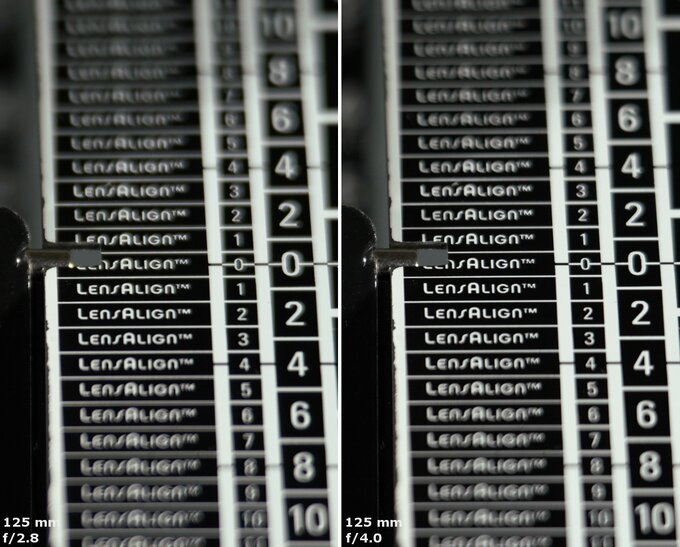 |
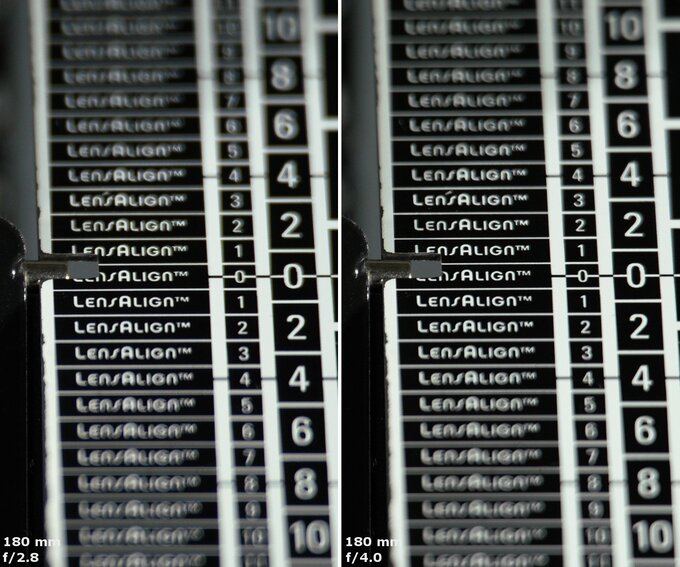 |
Please Support UsIf you enjoy our reviews and articles, and you want us to continue our work please, support our website by donating through PayPal. The funds are going to be used for paying our editorial team, renting servers, and equipping our testing studio; only that way we will be able to continue providing you interesting content for free. |
- - - - - - - - - - - - - - - - - - - - - - - - - - - - - - - - - - - - - - - - - - - - - - - -
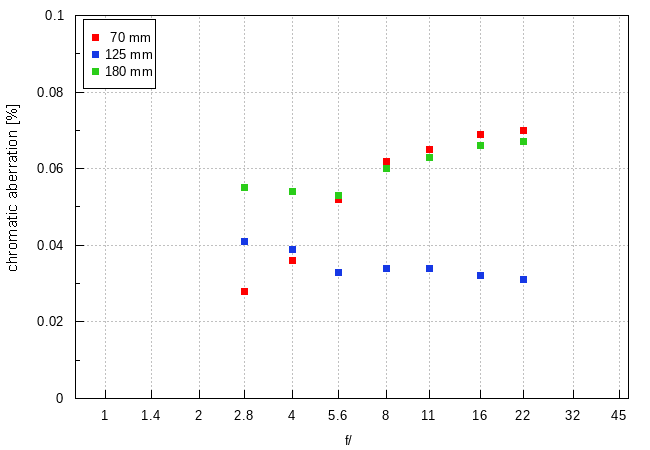
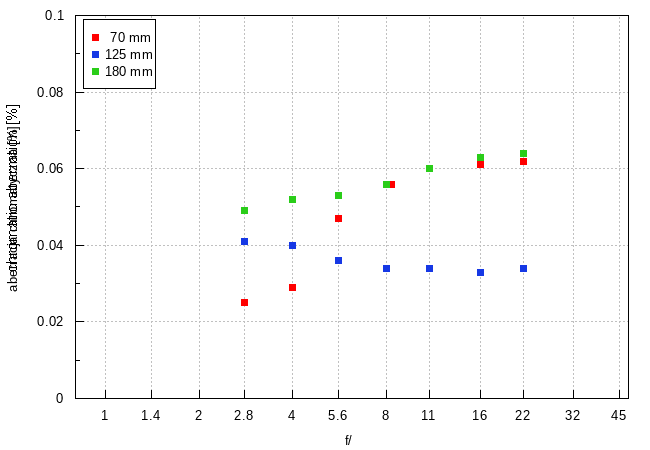
In the middle of the focal range the situation is the most even – no matter what detector you employ, you still land near a very good level below 0.04%. In case of both ends of the focal range the aberration increases with stopping down, quite fast at 70 mm, noticeably slower at 180 mm. The maximum results never exceed 0.07% so we still deal with low values. In this category the Tamron 70-180 mm f/2.8 G2 should certainly be praised.
To be precise it's worth mentioning the fact that the more expensive Sony FE 70-200 mm f/2.8 II model had still better results – all the values in this category were below 0.06%.
| A7R IIIa, RAW, 70 mm, f/2.8 | A7R IIIa, RAW, 180 mm, f/16.0 |
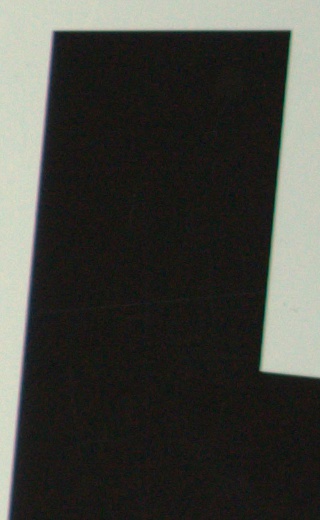
|
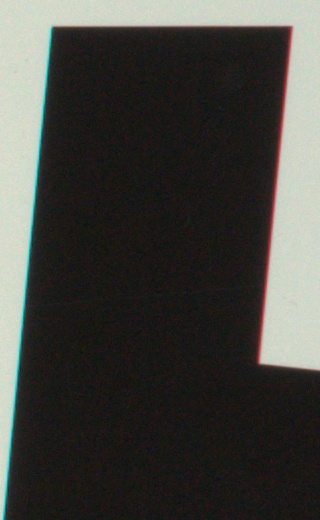
|
Spherical aberration
In case of shorter focal lengths spherical aberration seems to be corrected properly well. We didn't notice any focus shift effect and defocused circles of light before and behind the focus were very similar. Still the situation changed a bit when we passed to the 180 mm focal length. Here, from f/2.8 to f/4.0, a slight shift of DOF towards greater distances is visible and circles of light show much more differences. The one before the focus has a distinctly brighter rim for example.As you see spherical aberration makes itself felt at the 180 mm focal length, in complete accordance with the results of our resolution test, where this end of the focal range fared the weakest.
| A7R IIIa, 125 mm, f/2.8, before | A7R IIIa, 125 mm, f/2.8, after |
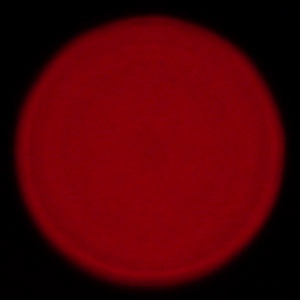
|
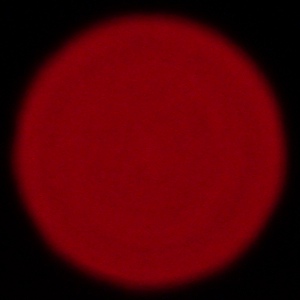
|
| A7R IIIa, 180 mm, f/2.8, before | A7R IIIa, 180 mm, f/2.8, after |
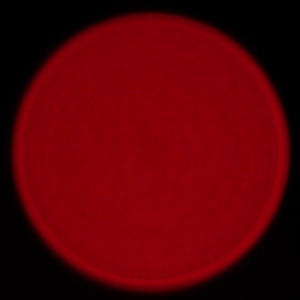
|
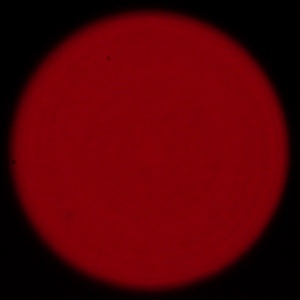
|






